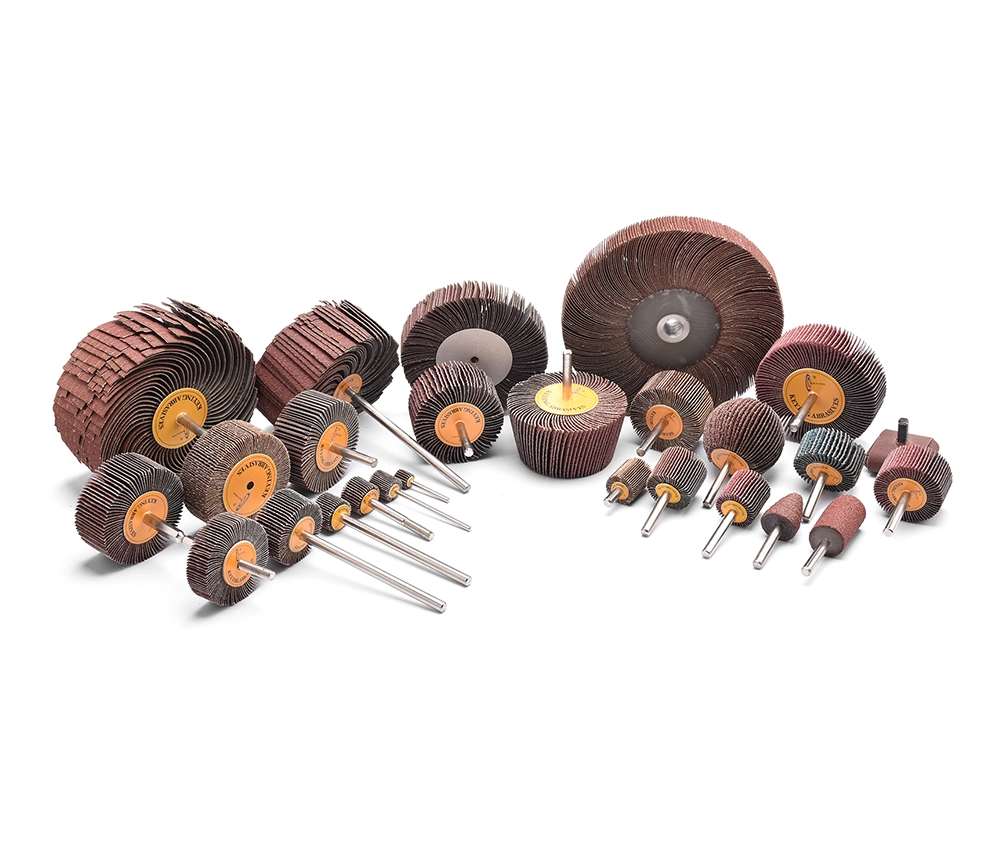
Dec 20-2017
Grinding materials are sharp and hard materials used to grind the surface of a softer material. In recent years, with the continuous improvement of the materials being ground, some new requirements have been put forward for abrasives. What are the physical properties of abrasives? Let's learn together below with KEYING abrasive products company.
The particle size of abrasives refers to the particle size of the abrasives. Abrasive products can be divided into four groups of abrasive grains, abrasive powders, micro powders and ultrafine powders according to the size of their particles. Among them, the grain size numbers of the two groups of abrasives, abrasive grains and abrasive powders, are expressed in the number of meshes on the length of each inch of the sieve. The symbol is "#" added to the upper right corner of the grain size number. For example, 240# refers to 240 holes on each inch of sieve length. The larger the number of grain size, the finer the abrasive grains. The grain size numbers of the other two groups of abrasives, micro powders and ultrafine powders, are expressed by the actual size of the particles, and the symbol is "W" added before the particle size number. Sometimes it can also be converted into mesh size. For example, W20 indicates that the actual particle size of the abrasive particles is between 20μm and 14μm, and the mesh size is 500#.
There are different coarse, medium, and fine particles in various abrasives for sale. The medium grain is the basic particle size in grinding powder, which is the main factor determining the grinding ability of abrasive, and it accounts for a large proportion of the composition of particle size.
The practice has proved that the grinding ability of centrifugally separated grinding powder will be increased by 20% compared with that before separation. Fine particles have a very small grinding effect in grinding. In addition to being unfavorable to the quality of the workpiece, they will also reduce grinding efficiency, and their amount should be minimized in the composition of particle size. Therefore, both the efficiency of grinding and the quality of work require that the abrasive particles be uniform in particle size. For abrasive grains with a grain size of 12#~80#, the particle size is relatively large, which is not suitable for grinding.
Abrasive hardness refers to the ability of the abrasive surface to resist local external forces, while the hardness of the grinding tool (such as oilstone) is the degree of firmness of the bonding agent bonding the abrasive when external force is applied. It is one of the basic characteristics of abrasives. Grinding processing is achieved by using the difference in hardness between the abrasive and the workpiece being ground, and the higher the hardness of the abrasive, the stronger its cutting ability.
The strength of abrasives refers to the firmness of the abrasives themselves. That is, when the cutting edge of the abrasive grain is still quite sharp, it can withstand external pressure without being broken. Abrasives with poor strength have fast crushing of abrasive grains, low cutting ability, and short service life. This requires that the abrasive grains should not only have high hardness, but also have sufficient strength to better perform grinding processing.